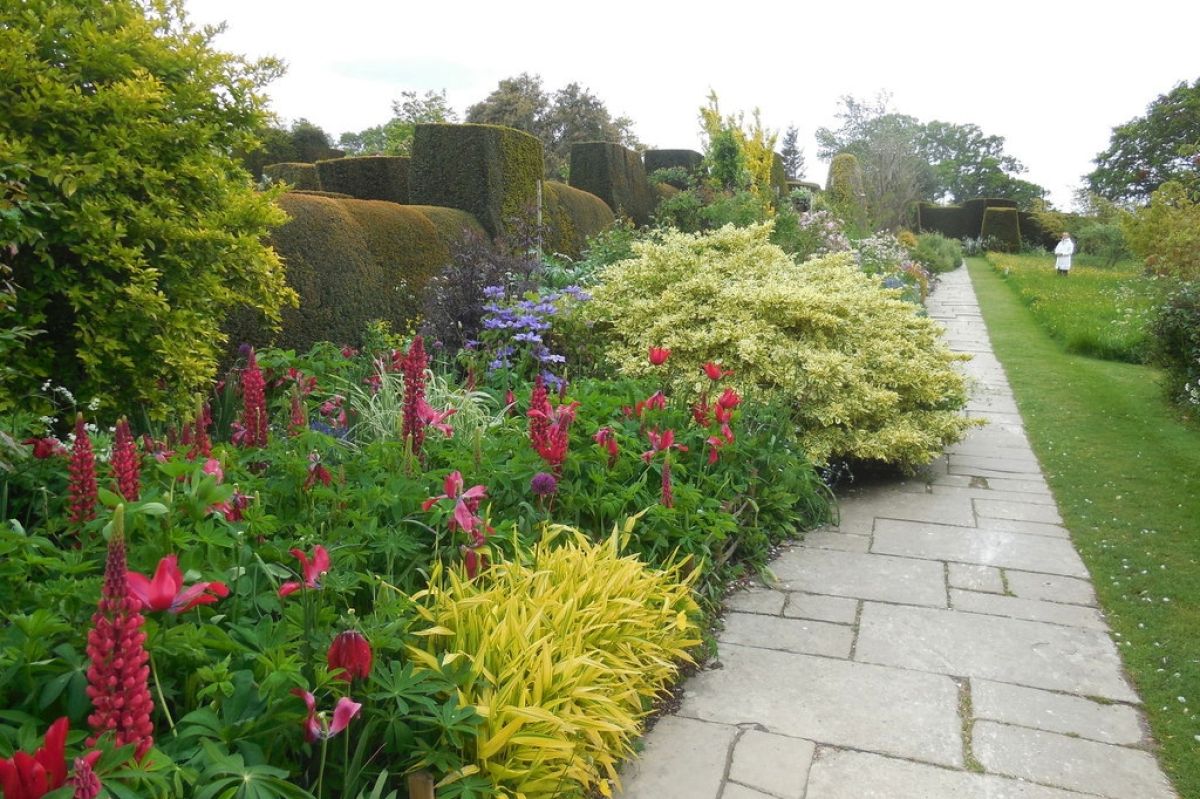During the Second World War, the gardens at Great Dixter were used to grow vegetables, not flowers, as soldiers were billeted in the Lloyd's home.
On his return from the war, Christopher studied and taught horticulture until 1954. Then he returned to the house and gardens at Great Dixter, where he spent the rest of his life. He and his mother, Daisy, opened a nursery, which remains today, to supplement their income. They also started a mail order business with clematis as one of their specialty plants. Their staff, once large, was reduced to only three gardeners.
In the late 1950s, Christopher wrote articles on gardens and plants. For 48 years he contributed to the prestigious Country Life magazine. His first book, The Mixed Border, was published in 1957, and his final book came out in 2007 a few months after his death.
As his fame as a garden designer spread, he lectured internationally and brought home many exotic plants. He loved experimenting with textures, forms, and color combinations. He enlarged the border at Great Dixter to encompass a length of 200 feet and a depth of 15 feet. At the back were small trees, with flowering shrubs in the middle and low edging plants in front. He created his famous term "succession planting" to describe continuous bloom month after month, beginning in March and ending in October. No bare earth was ever to be visible in his closely woven tapestry of color.
This is Moya Andrews, and today we focused on the long border.










